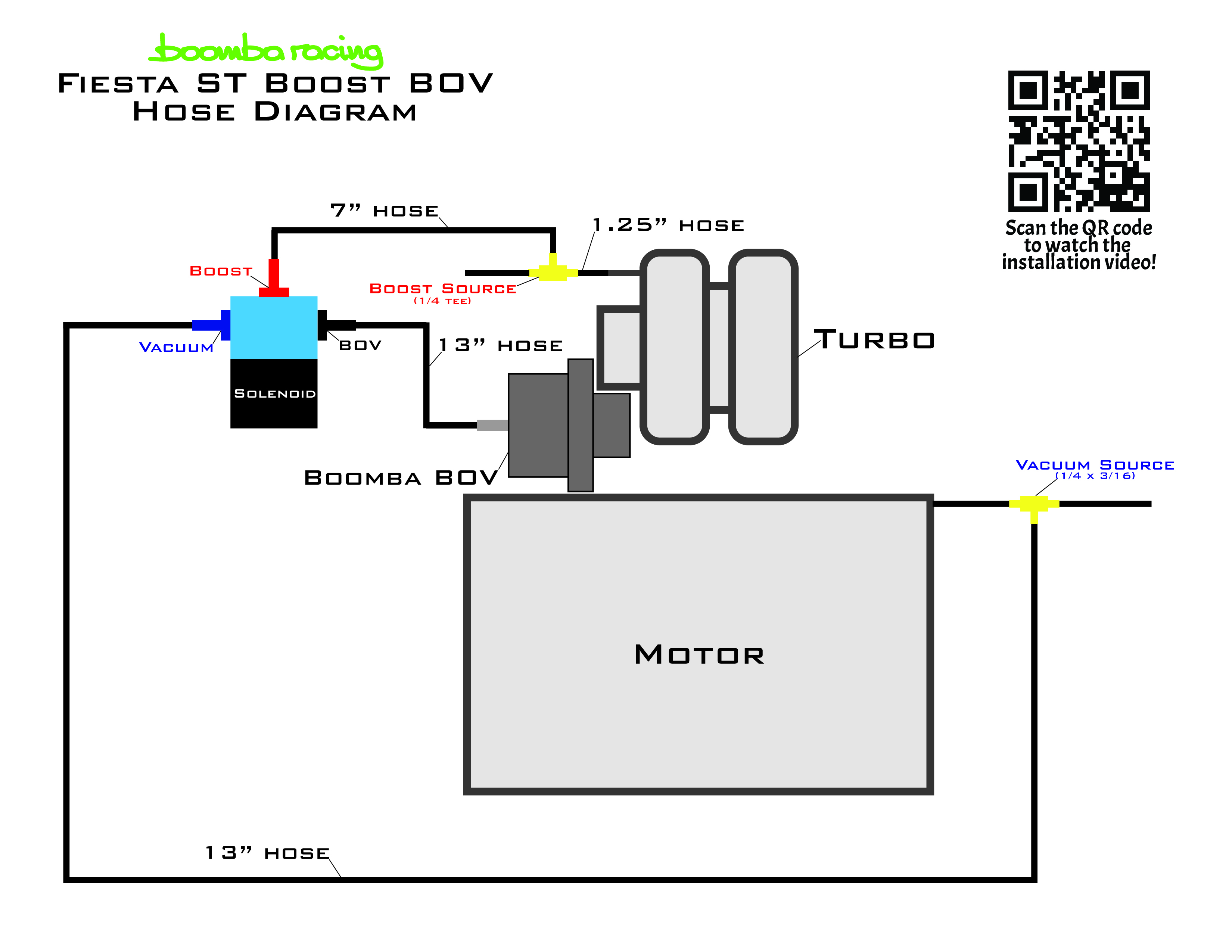
Hook up blow off valve How a Dump Valve Works. 20200324
We chose the Turbosmart TS-0203-1023 Blow-Off Valve as our top pick for the best BOV unit since it's solidly built for the price. It also adds a nice sound enhancement to your turbocharger and.

Diverter Valve Vs Blow Off Valve 4 Main Differences!
Most people switch just because they want the 'pssh' sound," Staggs says. Summary. To make a long answer short: A blow-off valve vents the extra boost pressure to atmosphere when the throttle body closes. A bypass valve vents the extra boost pressure back into the inlet when the throttle body closes.

Routing Wastegate and BlowOff Valve Lines Explaining how a BOV and Wastegate Work YouTube
Recirculating BOV's or bypass valves are typically installed by the factory to reduce noise, since many people that buy a turbocharged 2.0L Cadillac don't want the "pssst" or "pop-pop-pop" noise that a BOV generates when vented to atmosphere.. The purpose of the blow off valve is to vent pressure in the turbo to throttle body hoses and.
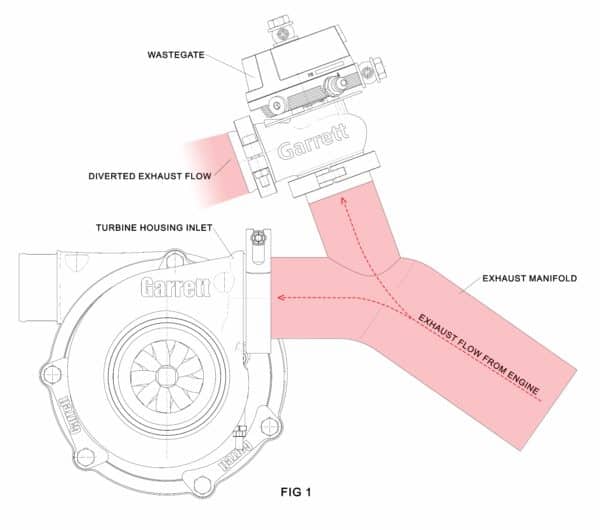
Garrett Turbo Drawing
Turbo Blow Off Valves are placed on the boost side of the turbo system and are used to vent boost in the intake tube once you let off the gas pedal, to avoid damaging the turbo. External Wastegates regulate turbocharger shaft speed by venting exhaust gas around the turbine stage of the turbocharger. A wastegate is placed on the exhaust manifold.

Supercharger Blow Off Valve Comparison with videos! Forums
In this video, Kevin covers anything and everything Blow Off & Bypass Valve. Most, if not, all factory turbocharged cars come with a recirculated air system.

Quickly Clarified Blow Off Valves vs Bypass Valves in 4 Minutes! YouTube
Re-circulating Vs Vented Blow off Valve. Recirculating Blow Off Valve. A re-circulated BOV is one where the boost pressure is re-circulated back into the intake just before the turbo. This type of set-up is a must for those that are running a Mass Air Fuel ( MAF) sensor. The reason for this is that the MAF has already accounted for the air that.

Diverter Valves vs Blowoff Valves YouTube
A bypass valve (BPV), also called a diverter valve, is different than a BOV because it doesn't vent the excess pressure to the atmosphere. Instead, it recirculates all the unused boost pressure back into the intake system before the turbocharger. The strategic design helps to keep pressure much more consistent which, in turn, improves overall.
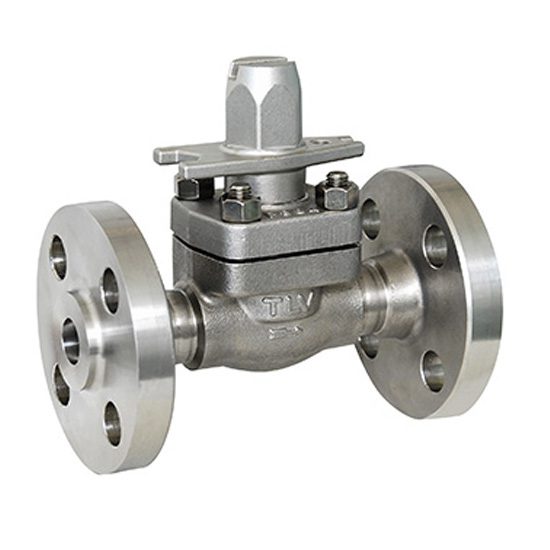
TLV Bypass Blow Valves ATI of NY
A blow-off valve (BOV) is similar to a wastegate, but works on the intake side of the turbocharger. The BOV prevents pressure from building up in the intake tract. Excess pressure in the intake (ahead of the turbo) can back up and then cause compressor surge when the engine speed changes suddenly. The BOV is normally closed, but when a certain.
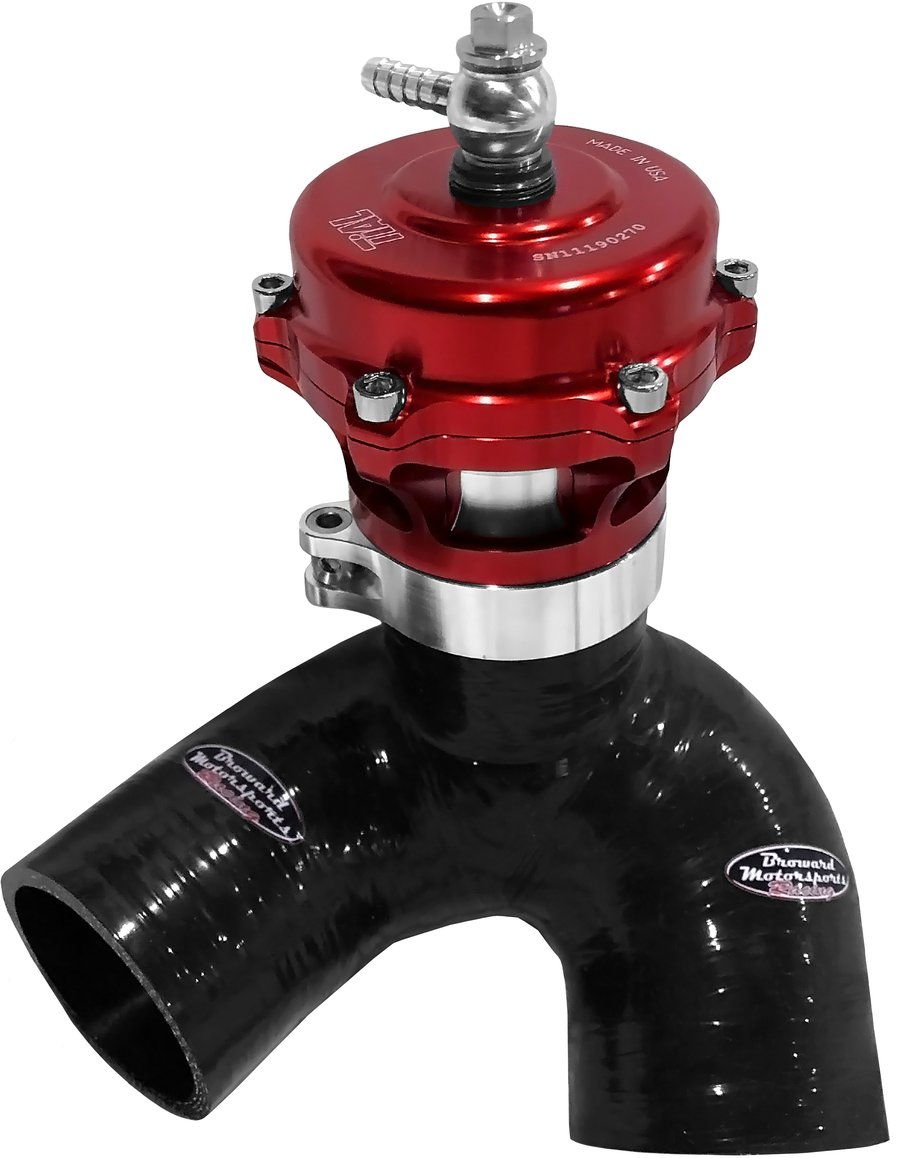
Get Your Broward Motorsports SVHO/SHO TiAL BlowOff Valve The Watercraft Journal the best
The blow-off-valve/bypass valve is that pressure release system on a turbocharged car. These are also refered to as diverter valves since they divert air from the presurized charge pipe to a lower pressure area. The difference between a blow-off-valve and a bypass valve is that a blow-off-valve diverts the excess pressure to the atmosphere.

The Difference Between Wastegates and BlowOff Valves
The blow off valve (BOV) sits between the throttle body and the turbo. The job of the typical blow-off valve is to release excess pressure in the atmosphere. Meanwhile, the bypass valve vents pressure back to the turbo intake where all the air is coming inside of a turbo.

Blowoff Valve Versus Bypass Valve What's The Difference?
Additionally, sometimes BOVs/BPVs are made of plastic, suffer from inadequate valve response, and do not cope well with increased boost levels. However, it is essential to note that these cars run blow off valves to prevent compressor surges, leading to the next misconception. 2. Turbo Flutter is Harmless.

Blowoff Valve Versus Bypass Valve What's The Difference?
Hopefully YouTube's weird algorithm won't prevent this from being put into recommendations. In this video, I'll be explaining how Blow off valves and Bypass.
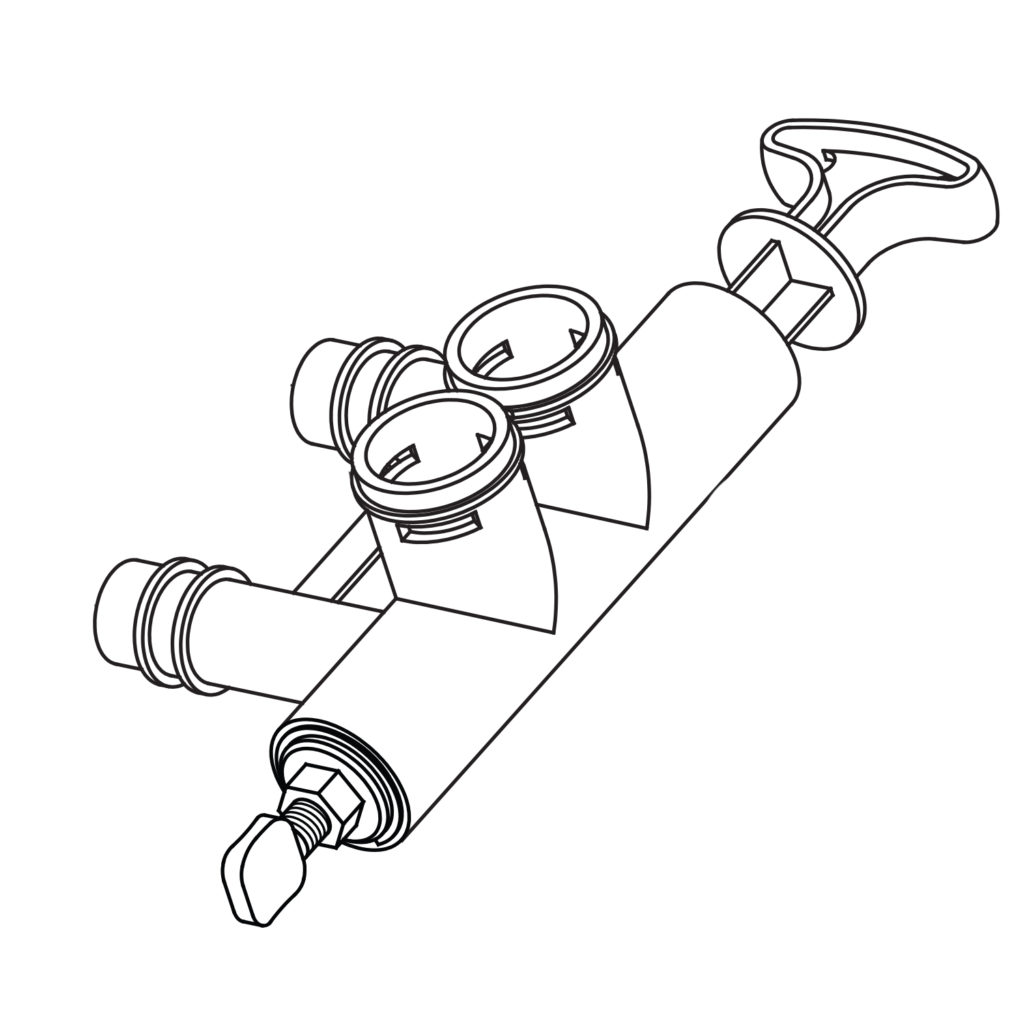
7386986 Bypass, Blending Valve Assembly, 1” Soft Water Supply
Ultimately, a bypass valve has fewer downsides than a vent-to-atmosphere blow off valve due to this. Most vehicle manufacturers that offer high-performance turbocharged vehicles opt to use bypass valves in favor of BOVs. Bypass valves tend to be the quieter option as they don't produce the loud vent noise that BOVs do.

Recirculating Valves vs. Blow Off Valves YouTube
Blow off valve. The blow-off valve, abbreviated as BOV and sometimes called dump or compressor bypass valve, sits at the intake side of the turbo.And helps ward off excess pressure in the intake to avoid compressor surge when engine speed changes suddenly. A typical example when an engine speed changes is when you release the throttle.

Bypass valves Differential Pressure Bypass Valves IMI Critical
Throttle closed, air pushes the blowoff valve open (upwards) A blowoff valve (also called dump valve or compressor bypass valve) is a pressure release system present in most petrol turbocharged engines. Blowoff valves are used to reduce pressure in the intake system as the throttle is closed, thus preventing compressor surge.
.jpg)
Bypass / Soupapes de Décharge (BPV/BOV) Universel Soupape de Décharge (BOV) Simple 0.7 Bar
2) What is the difference between a BPV and BOV. Both valve types do exactly the same thing with one significant and important difference. A BPV releases pressure and circulates it back to the turbo inlet after the MAF sensor. It is circulating air that has already been metered by the ECU. See Fig 1A.
- Agora Spa Resort Junior Suite
- Registro Civil De Bilbao Online
- 1 6 Scale Model Car
- Asiento Delantero Derecho Toyota Verso
- Copo De Nieve Dibujo Pequeño
- Mercedes Benz R Class 2006
- Onda Cero Ciudad Real Dial
- 90 Degree Square Tube Connectors
- Ciclocros Holanda 2017 En Directo
- House For Sale In Princeton New Jersey